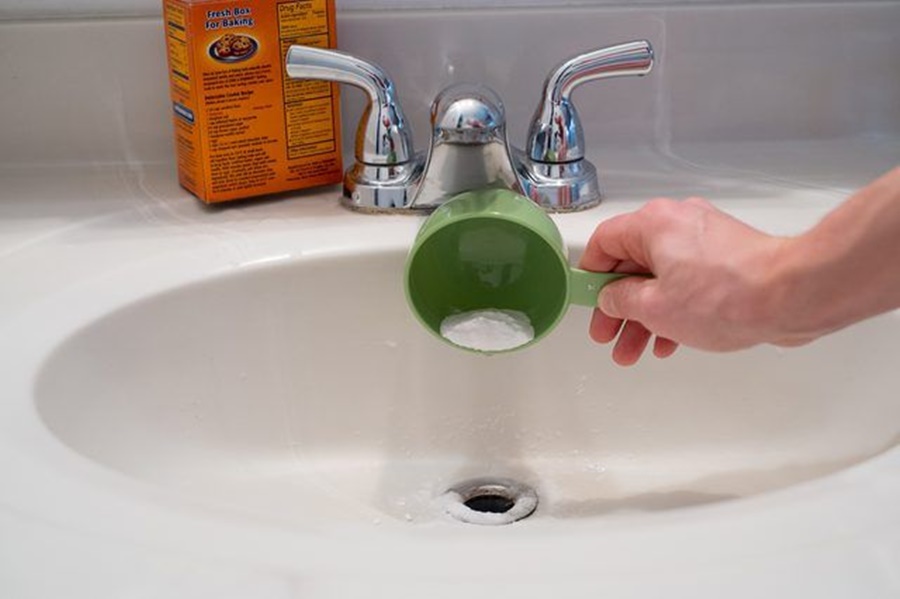Dealing with black sludge in your bathroom sink is more than just an unpleasant experience it’s a sign of deeper plumbing and hygiene issues. This stubborn gunk, often a mix of hair, soap scum, toothpaste, skin cells, mold, mildew, and bacteria, accumulates inside your pipes and drain. Left untreated, it can cause slow drainage, foul odors, and even total clogs.
In this comprehensive guide, we’ll walk you through the most effective methods to remove black sludge from bathroom sink drains. We’ll also cover preventative maintenance tips to keep your pipes clean and running efficiently for the long haul.
What Causes Black Sludge in Bathroom Sinks?
Black sludge is typically the result of:
Hair and skin flakes washing down the drain and binding with soap residue
Toothpaste and shaving cream, which create a sticky film
Bacteria and mold thriving in warm, moist, organic-rich environments
Hard water minerals contributing to buildup over time
This mixture forms a thick, gelatinous sludge that coats the inside of pipes, traps debris, and fosters bacterial growth.
Tools and Materials You’ll Need
Before we dive into the removal process, gather the following items:
Rubber gloves
Bucket or bowl
Plumber’s wrench or channel-lock pliers
Old toothbrush or bottle brush
Baking soda and white vinegar
Boiling water
Drain snake or zip-it tool
Pipe cleaner or old wire hanger
Optional: enzyme drain cleaner or biological drain maintenance product
Step-by-Step Guide: How to Remove Black Sludge from Your Bathroom Sink
1. Clear the Sink Area
Before you begin, remove all items around the sink. Put on rubber gloves to avoid skin contact with sludge or bacteria.
2. Remove the Sink Stopper
Most bathroom sinks have a pop-up stopper. Here’s how to remove it:
Look under the sink and locate the pivot rod attached to the stopper mechanism.
Unscrew the pivot nut holding the rod in place.
Pull the rod out gently and lift the stopper straight up and out of the drain.
Clean the stopper thoroughly using hot water and an old toothbrush. You’ll likely find a thick coating of black slime, hair, and residue stuck to it.
3. Manually Remove Visible Sludge
Use a drain zip tool, needle-nose pliers, or even a bent wire hanger to pull out visible gunk from the drain. Be prepared for a foul smell and slimy texture. Pull out as much debris as possible.
4. Clean the Drain Pipe (P-Trap) Thoroughly
The P-trap under your sink is a U-shaped pipe that commonly accumulates black sludge. Here’s how to clean it:
Place a bucket underneath the P-trap to catch any water or debris.
Use a plumber’s wrench to loosen the slip nuts on either end.
Remove the P-trap and dump its contents into the bucket.
Scrub the inside of the pipe with a bottle brush or pipe cleaner under hot running water.
Rinse thoroughly before reassembling the pipe.
5. Use Baking Soda and Vinegar to Clean the Drain
This eco-friendly method helps break down organic material and deodorize the drain:
1. Pour ½ cup of baking soda into the drain.
2. Follow with 1 cup of white vinegar.
3. Let the mixture fizz and sit for 15–30 minutes.
4. Flush the drain with boiling water to dislodge loosened debris.
6. Flush with Boiling Water
Boil a full kettle or large pot of water and carefully pour it down the drain. This step helps melt grease, flush loosened sludge, and kill odor-causing bacteria.
7. Optional: Use an Enzyme-Based Drain Cleaner
If the sludge buildup is persistent, consider using a biological drain cleaner. These products contain natural enzymes that digest organic material without harming your pipes.
Avoid chemical drain cleaners like Drano, which can damage plumbing over time.
Use enzyme cleaners overnight for best results, as they work slowly and effectively.
Preventative Tips to Avoid Future Sludge Buildup
Once your drain is clean, keep it that way with these simple yet effective maintenance tips:
Install a Hair Catcher
Use a mesh drain cover to catch hair before it enters the pipe. Clean it weekly to prevent buildup.
Flush the Drain Weekly
Pour boiling water down your sink once a week to keep residue from forming.
Use Baking Soda Monthly
Regularly pour baking soda and vinegar down the drain to break up minor sludge and eliminate odors.
Avoid Pouring Greasy Substances
Never rinse greasy or oily products (like lotions, conditioners, or shaving oils) down the drain. They contribute to sludge formation.
Clean the Stopper Monthly
Remove and clean your sink stopper monthly. Hair and toothpaste residue often collect there and lead to early clogging.
When to Call a Professional Plumber
While most black sludge issues can be handled with DIY methods, some clogs require professional intervention. Call a plumber if:
Water is backing up or draining extremely slowly
You notice recurring black sludge despite regular cleaning
There is a foul, persistent odor
The clog is deep within the pipe system or behind walls
Conclusion
Black sludge in your bathroom sink is a sign of trapped organic waste and microbial activity. Addressing it promptly not only improves drainage but also enhances hygiene, prevents plumbing damage, and eliminates unwanted odors.

